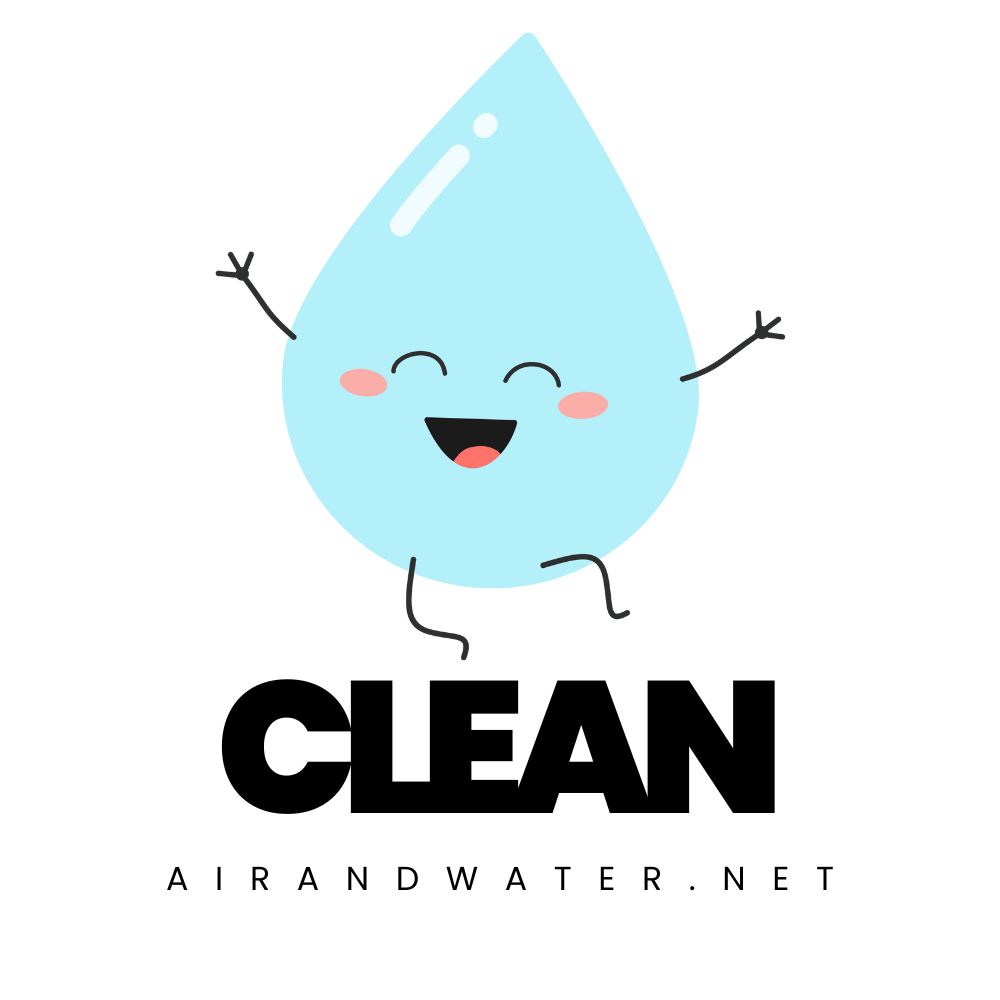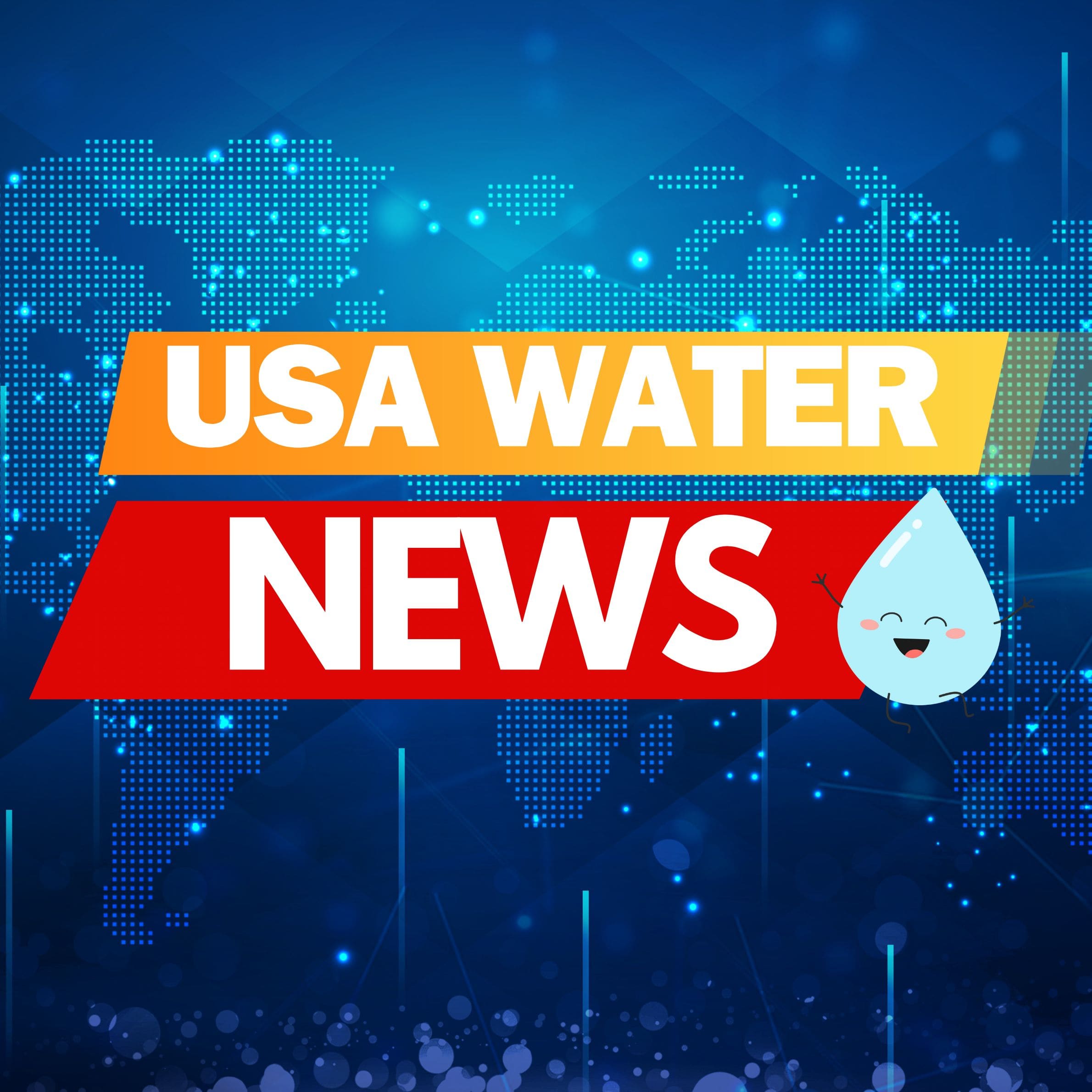Flint Water Quality at a Glance
ongoing improvements
Is Flint Water Safe to Drink?
Yes, But Use Filters – Flint’s water has met federal safety standards for 8+ consecutive years with lead levels at 3 ppb (well below the 15 ppb federal limit). The city completed 98% of lead service line replacements in July 2025, replacing nearly 11,000 pipes. However, due to lingering trust issues, residents are still advised to use certified filters.
⚠️ Key Points for Flint Residents
- Recovery Progress: Lead levels dropped from over 100 times legal limits (2014-2015) to 3 ppb in 2025
- Infrastructure Investment: Over $450 million in state and federal funding invested in water system upgrades
- Ongoing Monitoring: 18 consecutive monitoring periods below federal action levels since July 2016
- Trust Issues: Despite improvements, many residents still don’t drink unfiltered tap water due to crisis legacy
Read the full report below for detailed analysis, historical context, and current recommendations for Flint residents.
Flint – Michigan – Water Quality Report 2025: Lead Recovery, Infrastructure Progress & Safety across your city
Flint continues to recover from one of America’s worst water crises, with the city completing 98% of lead pipe replacements by July 2025. The crisis began in 2014 when the city switched its water source from Detroit’s system to the Flint River without proper corrosion control treatment, causing lead from aging pipes to leach into the water supply.
Since reconnecting to Detroit’s water system (now Great Lakes Water Authority) in October 2015 and implementing proper treatment, Flint’s water quality has significantly improved. Water testing now shows lead levels at 3 parts per billion, well below the federal action limit of 15 ppb, though the EPA emphasizes that no level of lead is considered safe, especially for children and pregnant women.
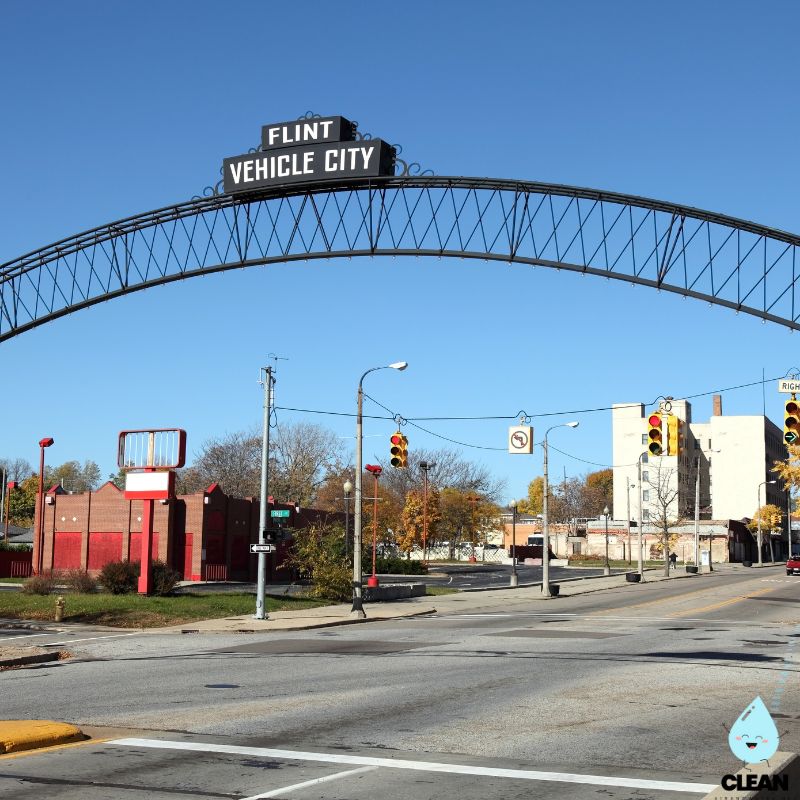
Flint Water Quality: Current Status (2024-2025)
Latest Testing Results
- Lead Levels: The most recent testing period (July 2024-January 2025) showed a 90th percentile calculation of 3 parts per billion (ppb) for lead, marking 18 consecutive monitoring periods below federal action levels since July 2016. Michigan
- Compliance Status: Flint’s system currently meets regulatory criteria for lead and copper according to the EPA and has met state and federal standards for lead in drinking water for 8+ consecutive years. US EPA This demonstrates the success of water infrastructure improvements. Michigan
- New State Standards: Starting in 2025, Michigan’s strictest-in-the-nation Lead and Copper Rule lowered the action level from 15 ppb to 12 ppb. Flint’s current levels are well below this new standard. Michigan
Infrastructure Progress
- Lead Service Line Replacement: More than 98% of lead service line replacements have been completed as of July 2025, with nearly 11,000 lead pipes replaced and over 28,000 properties restored. Michigan EGLE Property restorations were completed in December 2024, ahead of the August 2025 deadline. Michigan Advance
- Water Treatment: The City has completed major infrastructure upgrades including water plant modernization, reservoir upgrades, and a critical secondary connection to Lake Huron through the Genesee County Drain Commission. City of Flint
- Monitoring Systems: Six water quality monitoring stations installed throughout the city provide virtually instantaneous and ongoing assessments of water quality. City of Flint
Water Source and Treatment
- Current Water Source: Flint now receives water from the Great Lakes Water Authority (Lake Huron) with a backup emergency connection to the Genesee County Drain Commission. City of Flint
- Treatment Facility: A new high-tech chemical injection facility is located near where water from the Great Lakes Water Authority combines with water from the Genesee County Drain Commission. Water Plant staff monitor the system around the clock. City of Flint
Investment and Federal Support
- Total Investment: Over $450 million in state and federal funding has been invested in Flint’s water system recovery, including $100 million from the federal WIIN Act and more than $350 million from the state of Michigan. Michigan
- Federal Policies: The Biden administration announced in October 2024 that all drinking water systems nationwide will need to replace lead service lines within 10 years, a policy partly influenced by the Flint crisis. Eos
Continued Trust Issues
Despite significant improvements, many residents still don’t drink from their taps. A legacy of distrust remains, and experts acknowledge that rebuilding community confidence will take time beyond infrastructure improvements. NRDC
Recommendations for Flint Residents
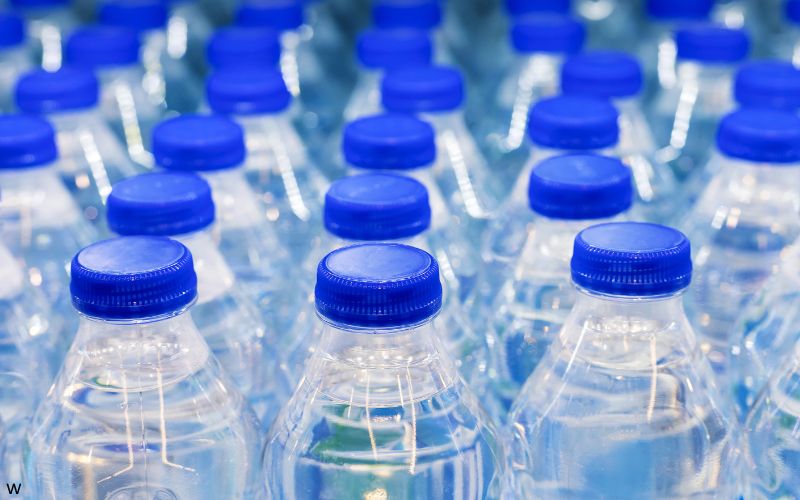
Use Filtered Water for Peace of Mind
While water meets safety standards, many residents still prefer NSF-certified filters for drinking water and cooking. Filters should be rated to remove lead (Standard 53) and properly maintained.
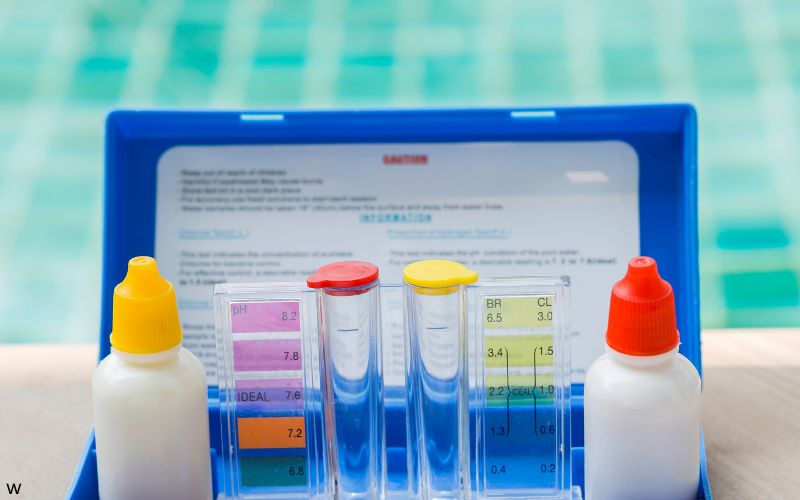
Get Your Water Tested
Free water testing is still available to Flint residents. Contact the City of Flint Water Service Center at (810) 766-7202 to schedule testing or check service line status.
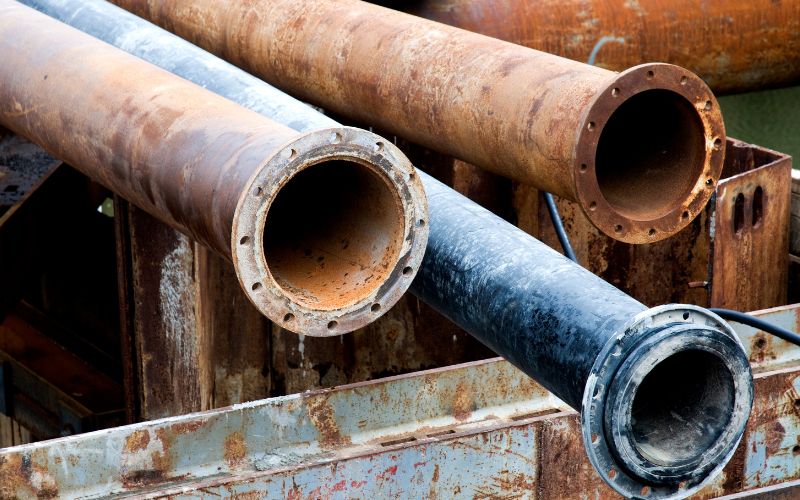
Opt Into Remaining Pipe Replacements
If your home hasn’t been checked yet, call (810) 410-1133 to immediately opt into the FREE service line replacement program. The city is completing final replacements in 2025.
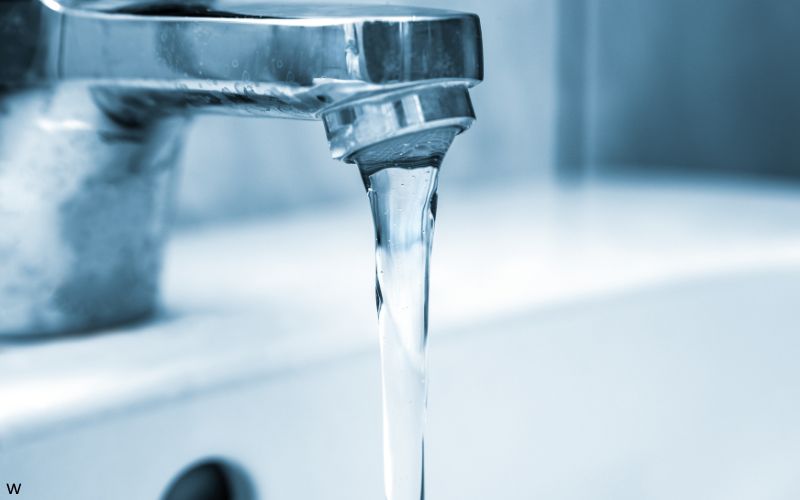
Flush Your Water
If water hasn’t been used for several hours, run cold water for at least 5 minutes before using. Always use cold water for drinking and cooking to minimize any potential lead exposure.

Stay Informed
Keep up to date with the latest water quality reports and service line replacement status at cityofflint.com/gettheleadout and michigan.gov/flintwater.
Quality News About Your Water
Get the comprehensive water quality news coverage you need with our dedicated US Water News Service. From coast to coast, we deliver in-depth reporting and expert analysis on PFAS contamination, EPA regulatory changes, infrastructure developments, and emerging water safety issues affecting communities nationwide. While mainstream media only covers the biggest stories, we provide the detailed, ongoing coverage that helps you understand the full scope of America’s water challenges. Whether you’re a concerned citizen, water professional, or community leader, our daily updates and analytical insights keep you informed about the issues that matter most to public health and environmental safety.
Frequently Asked Questions
Is Flint’s water safe to drink now?
Yes, Flint’s water now meets federal safety standards and has tested below action levels for lead for 8+ consecutive years, with current levels at 3 ppb (well below the 15 ppb federal limit). However, no amount of lead is considered safe, so many residents still choose to use NSF-certified water filters (Standard 53) for drinking and cooking. This is especially recommended for households with children, pregnant women, or elderly residents.
How do I know if my home has a lead service line?
You can check if your home has had its service line replaced by visiting the City of Flint’s “Get the Lead Out” website at cityofflint.com/gettheleadout, which maintains a database of properties where service lines have been replaced. If you’re unsure, you can request a free inspection by calling (810) 410-1133. As of July 2025, 98% of lead service lines have been replaced, but some homes may still need final work completed.
Will filtered water remove all contaminants, including bacteria?
Standard water filters certified to remove lead (NSF Standard 53) will not remove all types of contaminants. Most pitcher filters and faucet-mounted filters are designed to remove lead, copper, and certain chemicals, but not bacteria or viruses. Current monitoring shows no bacterial concerns in Flint’s treated water supply. If you’re concerned about bacterial contamination, look for filters specifically certified for microbiological purification (NSF Standard P231).
How can I participate in the Flint water crisis settlement?
The $626 million settlement registration deadline has passed (March 29, 2021), and claim forms were due by May 12, 2022. Settlement payments began distribution in early 2023, with priority given to claims involving children. If you registered and submitted claims, payments should have been processed. For questions about payment status, you can contact the Claims Administrator at 800-493-1754 or visit www.flintwaterjustice.com.
Historical Contaminants of Concern

Legionella Bacteria (2014-2015)
Source: Proliferated in the water system during the crisis due to inadequate chlorine treatment and corrosive Flint River water
Health Effects: Caused Legionnaires’ disease outbreak resulting in 12 confirmed deaths and 90 cases between June 2014 and November 2015
Current Status: No recent outbreaks detected with proper water treatment and return to Lake Huron source
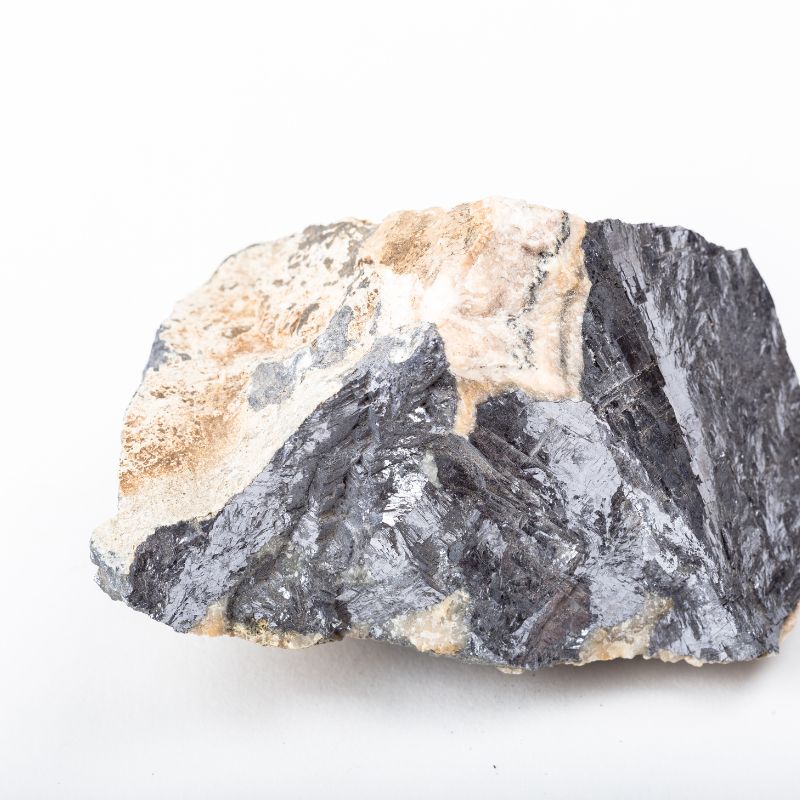
Lead (2014-Present)
Source: Lead service lines, lead solder, and plumbing fixtures that corroded due to lack of corrosion control during the crisis
Health Effects: Developmental delays, learning difficulties, behavioral problems in children; kidney problems and high blood pressure in adults
Peak Crisis: Some homes exceeded 100 times the EPA action level during 2014-2015 Current Levels (2025): 3 ppb (90th percentile), well below EPA action level of 15 ppb and Michigan’s new 12 ppb standard
Please read – our information
The information presented on cleanairandwater.net is compiled from official water quality reports, trusted news sources, government websites, and public health resources. While we strive for accuracy and thoroughness in our presentations, we are not scientists, engineers, or qualified water quality professionals.
Our mission is to present water quality information in an accessible, real-world format that helps people understand what’s in their water and make informed decisions about their health and safety. We believe that complex environmental information should be available to everyone in a format that’s easy to understand.
We make every effort to ensure our content is current and accurate, but we cannot guarantee that all information is complete or error-free. This website should not replace official communications from your local water utility or health department. We always recommend consulting official sources for the most up-to-date information regarding your specific water system.
Clean Air and Water is not liable for any unintentional errors, omissions, or outdated information. The content on this site is provided for informational purposes only and should not be considered professional advice.
